The Drehers reach Everest base camp

I think about how miraculous it is that Tonya, that same woman who battled breast cancer 12 years ago, has now taken 4 teams to Everest Base camp.
Hope for Gus Foundation Board Member Killed in Tragic Bicycle Accident
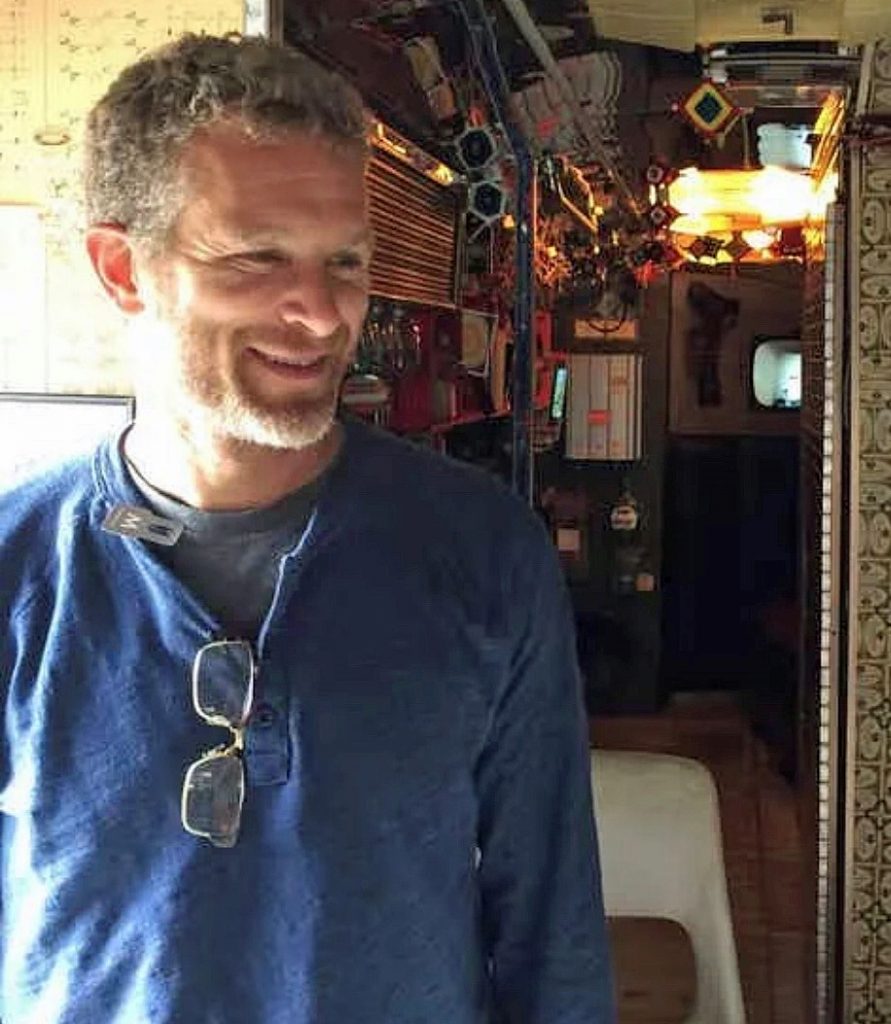
The Hope for Gus Foundation is deeply saddened to announce the untimely passing of one of their founding board members, Kent J. Wosepka of Hamilton, MA.
A New Year
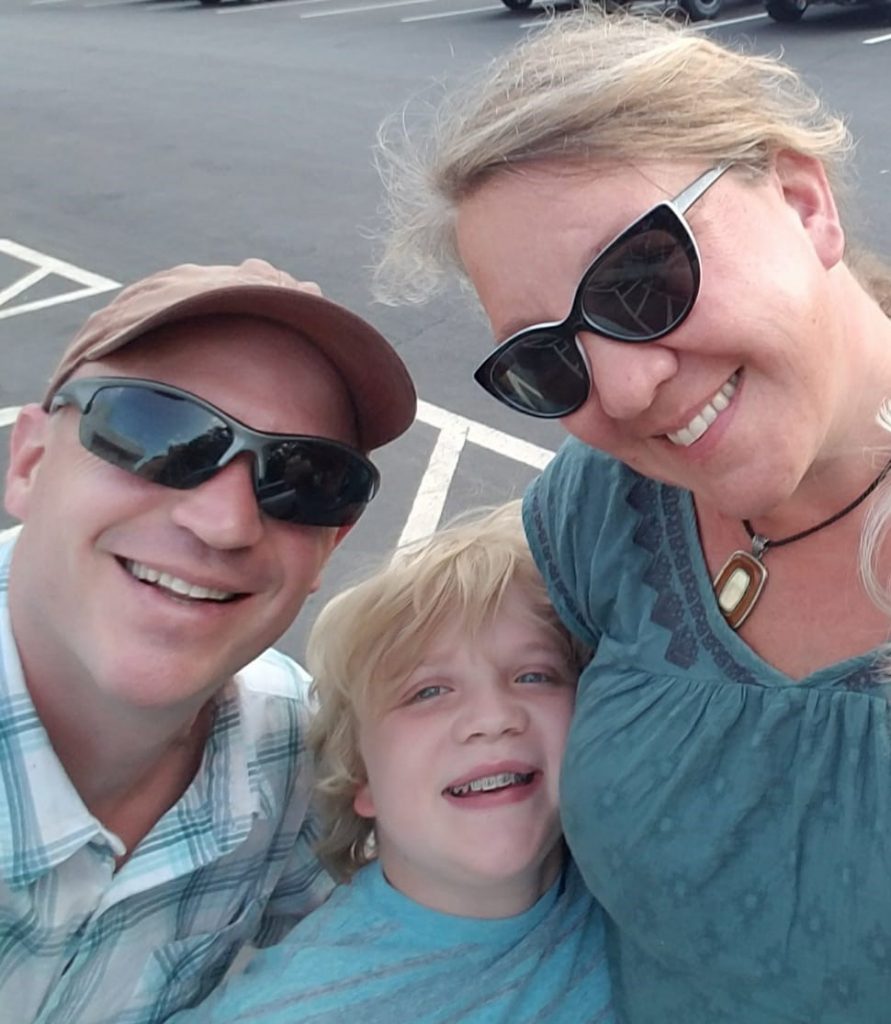
A brand new year always brings with it new possibilities in our lives and the hope of potential new treatments for DMD. But, as Gus’ mom, I just see one more year that has passed without a cure.
The Inverted World of Duchenne Muscular Dystrophy
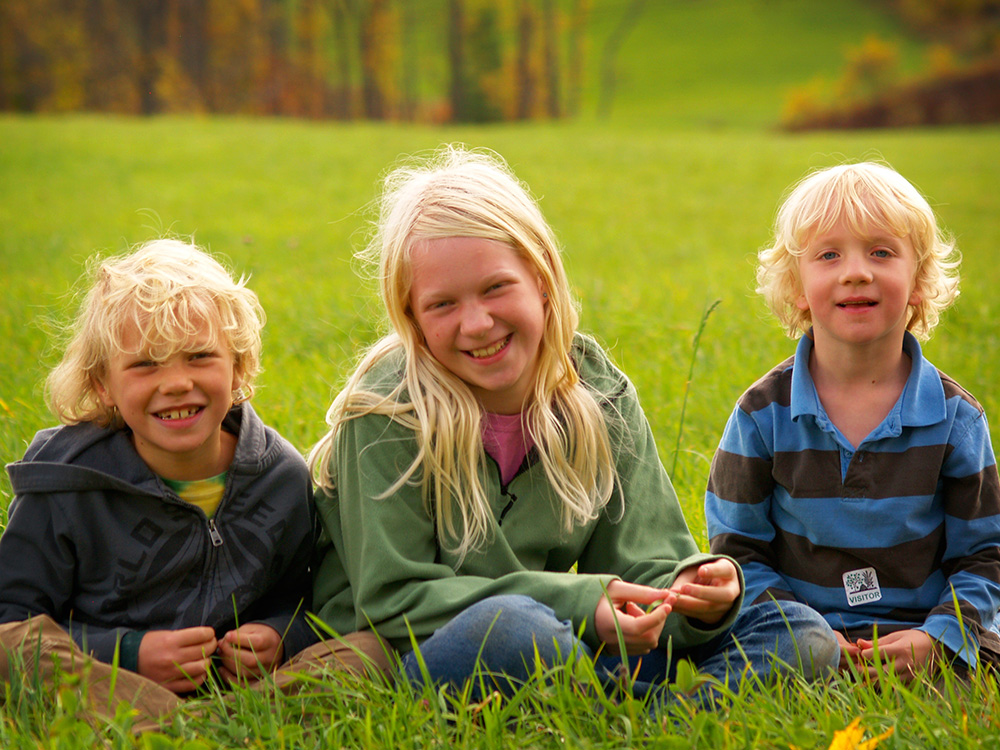
A friend of mine once said of his DMD boy, “It’s as if my son is a perfect ice sculpture of himself and I desperately want to stop him from melting…” We both knew, however, to complete the metaphor, that we can’t simply put our sons on ice – they are boys who want to play in the sun.
The DA Meets!
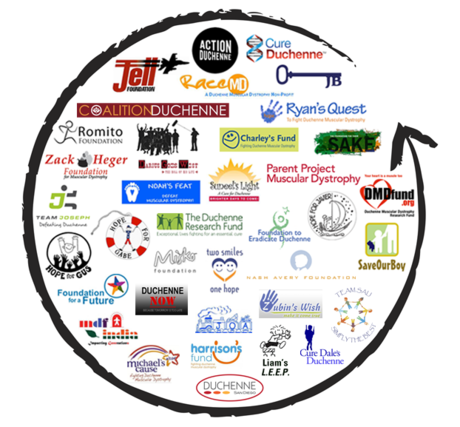
The Duchenne Alliance holds a groundbreaking meeting on DMD, ignites revolution in biomedical funding.
Gus Turns Six – and the Balancing Act
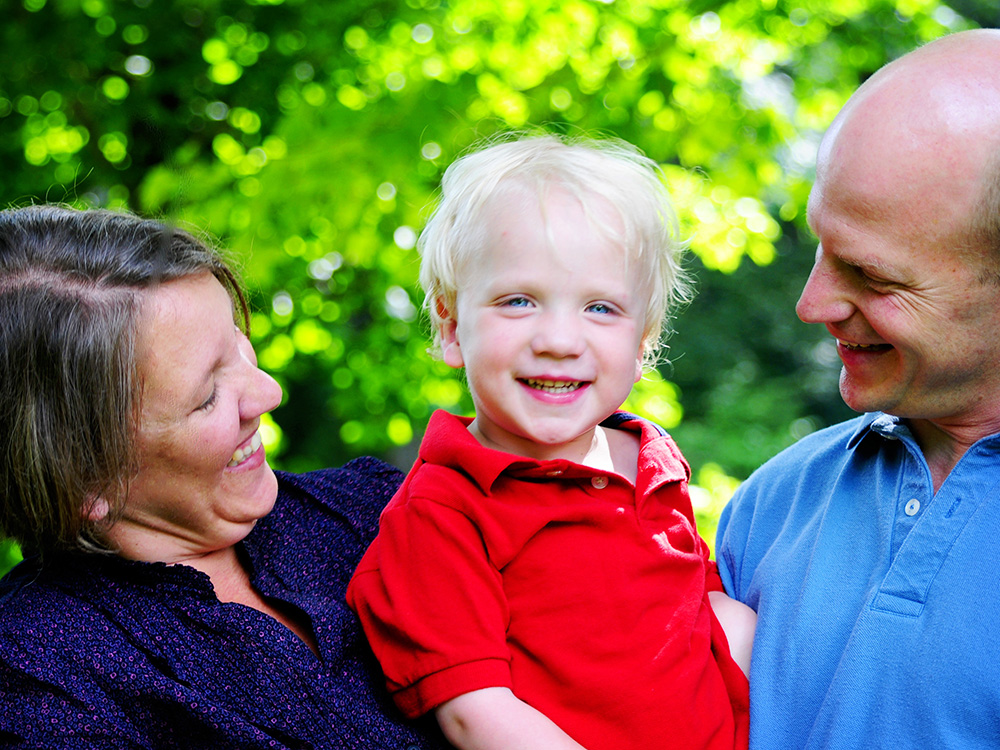
Gus turned 6 yesterday and his disease reminded me that each of those memorable moments are rare and shimmering and beautiful.
A Letter of Thanks

I am writing in response to the Souhegan Saber football team’s game on October 7th that served as a fund-raiser for the Hope for Gus Foundation.
